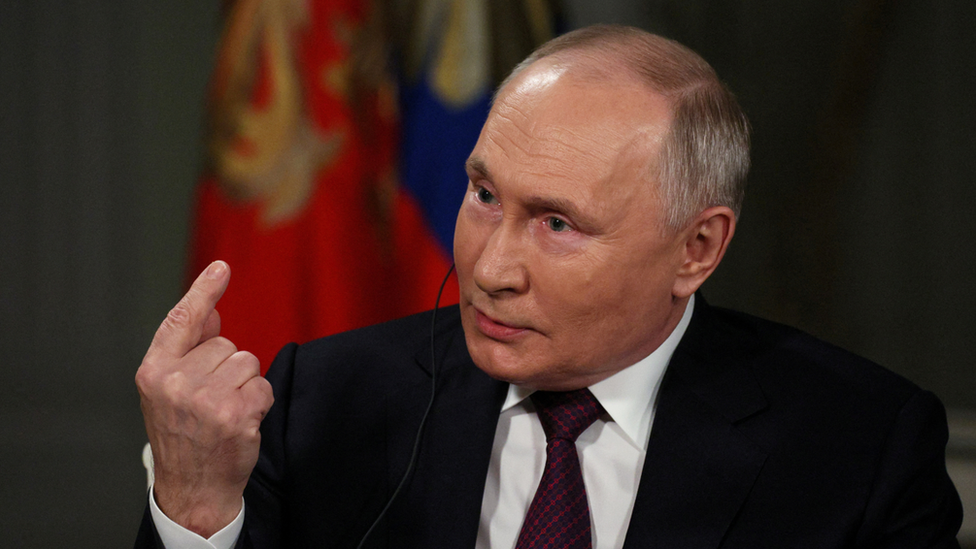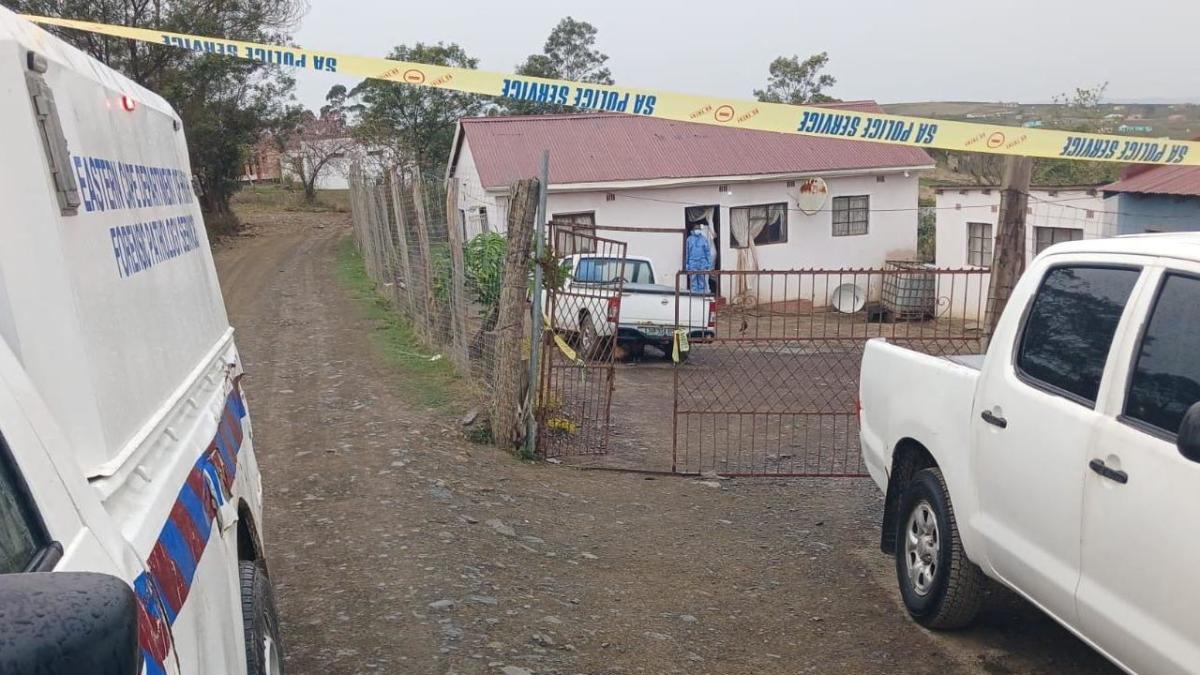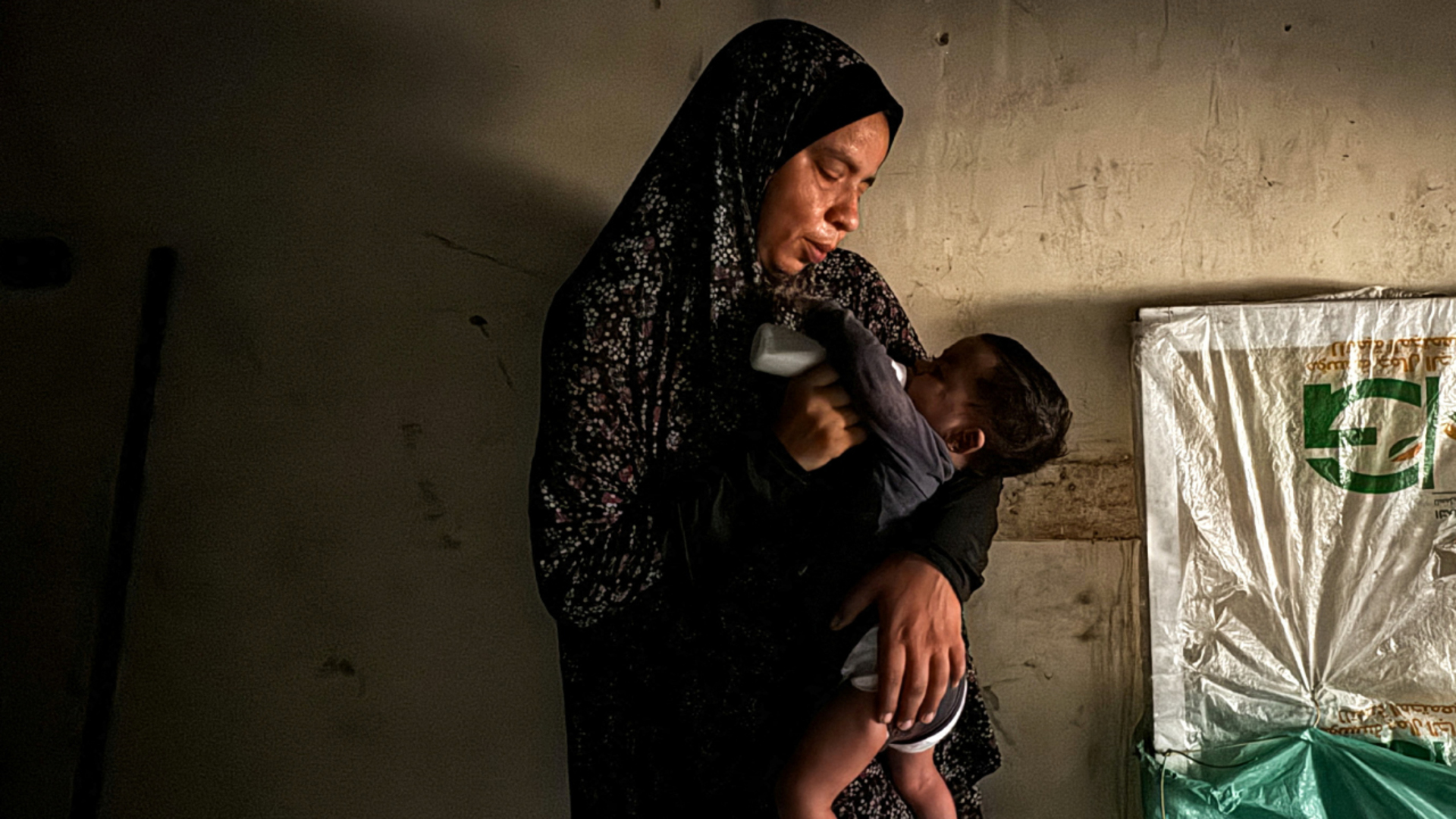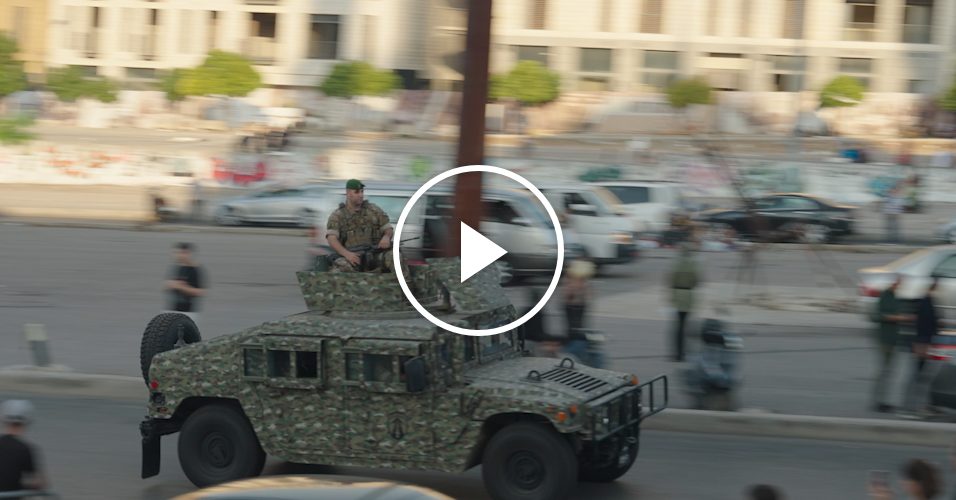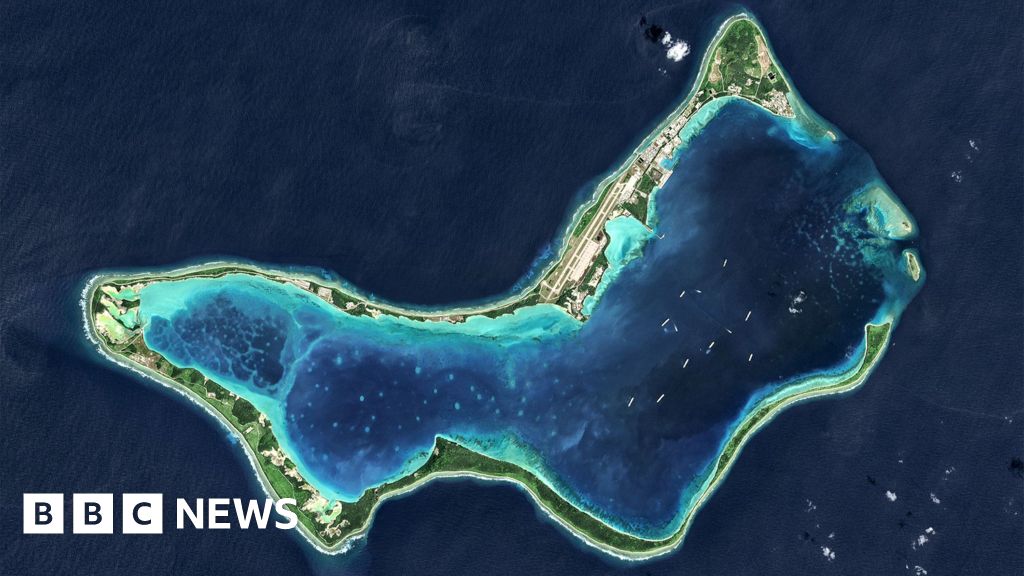It was March 2022. The Russian rouble crashed, the value in London of corporate giants Gazprom and Sberbank fell 97%. Queues began to form at cash machines in Moscow. Oligarchs’ yachts, football teams, mansions and even their credit cards were seized.
Russia crashed into a major recession.
This was the immediate result of the most extraordinary attempt by the West at financial containment of Russia after its invasion of Ukraine.
At its heart was the seizing of the Russian state’s official foreign exchange assets and, in particular, the unprecedented freezing of the central bank’s $300bn (£238bn) in reserves.
Western governments pointedly shied away from using phrases like “economic war”, but it certainly seemed like there was a financial theatre of battle with the Kremlin. It was better than the alternative of direct confrontation between nuclear states.
Some two years on and there is quite a change in this economic backdrop.
In a long and rambling interview this week, President Putin gleefully exclaimed Russia as the fastest growing economy in Europe.
Last week, the International Monetary Fund (IMF) underlined the resilience of the Russian economy when it upgraded its forecast growth for this year to 2.6% from 1.1%.
Based on the IMF’s figures, the Russian economy grew faster than the whole G7 last year, and will do so again in 2024.
These are not just numbers. The stalemate in Ukraine last year and the growing expectation of a frozen conflict on the ground across this year, has been underpinned by Russia’s remobilisation of its economy to its military effort, especially in the construction of defensive lines in the east and south of Ukraine.
Western leaders argue that this model is utterly unsustainable over the medium term. But the question is – for how long it can sustain?
Russia has transformed its economy into a mobilised war economy. The Russian state is spending a record in the post-Soviet era.
Military and security spending at up to 40% of the budget is back to late-Soviet era levels. Other areas of state support to the population have been squeezed to make up for funding the production of tanks, missile systems and those defences in occupied Ukraine.
On top of that, despite Western restrictions on Russian oil and gas, the flows of hydrocarbon revenues have kept coming into the state coffers.
The tankers are now going to India and China and more of the payments are in Chinese yuan rather than the US dollar.
Russian oil production remains at 9.5 million barrels per day, barely down on pre-war levels. The country has skirted sanctions by buying and deploying a “shadow fleet” of hundreds of tankers.
Last week, its finance ministry reported that hydrocarbon taxes in January exceeded levels seen in January 2022, just before the invasion.
The ongoing flow of foreign exchange into Russian oil, gas, and diamonds has also helped alleviate the stress on the value of the rouble.
Western leaders are adamant that this cannot last, but recognise its impact.
One world leader recently said privately: “2024 will be much more positive for Putin than we thought. He has managed to reorganise his own industry more efficiently than we thought.”
Russia exposed
But this form of economic growth has greatly increased Moscow’s dependence on oil revenues, on China and on non-productive war spending.
As demand for oil and gas peaks, and competitor production from the Arabian Gulf comes on-stream in the coming year, Russia will be exposed.
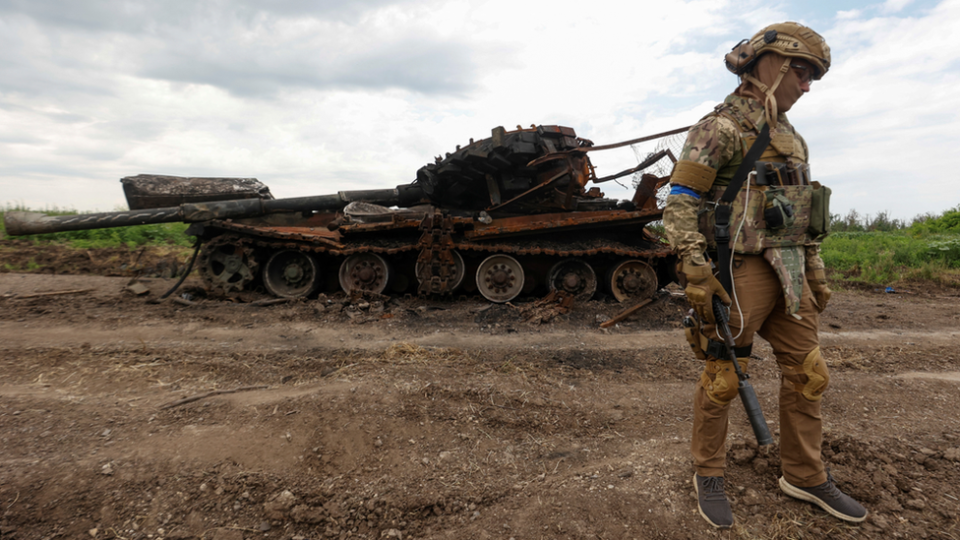
Statistical rises in gross domestic product (GDP) from the production of tanks and shells that are then blown up in the Donbas, in eastern Ukraine, are also far from productive.
Meanwhile, Russia has experienced a brain drain of some of its most talented citizens.
The Western strategy has been not to lay siege to Russia’s economy, but to engage in a cat and mouse game to restrict access to technology, raise costs, limit revenues and make the conflict unsustainable long-term.
“We’d rather Russia uses its money to buy tankers [for oil] than tanks” one US official told me. In the oil market, the aim of policy is not to try to prevent India, for example, from buying Russian oil but to limit the profits from that trade going back to the Kremlin war machine.
But this resilience and stalemate can last the rest of this year at least. It feeds into the clear strategy in the Kremlin of waiting for a possible change of US president and a reduction of Western funding for Ukraine’s defence.
That is why attention is now turning back to the central role of those hundreds of billions in frozen Russian financial assets.
Ukrainian President Volodymyr Zelensky told me last month: “If the world has $300bn, why not use it?” All of those frozen funds should be deployed to fund Ukraine’s rebuilding effort, he said.

The UK’s Chancellor Jeremy Hunt and Foreign Secretary David Cameron back the move.
Lord Cameron told me: “We’ve frozen these assets. The question is are we going to use them?”
He said “using some of this money now is if you like an advance payment on [Russian] reparations” for its illegal invasion of Ukraine, and could be used “to help Ukraine and save Western taxpayers money at the same time”.
The G7 has asked its central bankers to come up with a technical and legal analysis. Central bankers are understood to be uneasy. One top financier told me there would be risks to what he called “weaponising the dollar”. Traditionally, central banks enjoy sovereign immunity from these sorts of actions.
A plan being developed would use the funds, or the profits from the investments to raise tens of billions of dollars for Ukraine.
But it is a balancing act. If Russian assets are seized in this way, then what message does it send to other nations, perhaps in the Gulf, or Central Asia, or Africa, about the safety of their safe-haven reserves in Western central banks?
These relationships are some of the central arteries of global finance, recycling hundreds of billions of dollars used to pay for energy, across the world. Putin certainly wished to communicate that China was now emerging as an alternative, if not for the West, then for emerging economies.
The Russians have also indicated that they will take court action over any seizure, and in turn take similar assets from Western companies frozen in Russian banks.
So the shadow battle over Russia’s economy is essential to understanding where this conflict and the world economy, is going.
Russia’s war economy can not sustain long-term, but has bought the country some extra time. The West is about to up the ante, after Russia displayed this unexpected resilience.
The precise form of this financial escalation will have consequences, well beyond Russia and Ukraine.
#Russias #war #economy #bought #time

